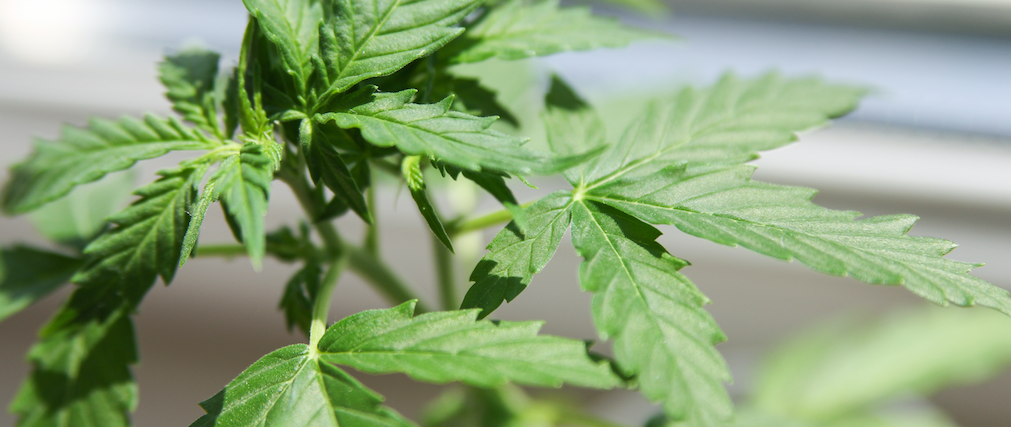11.21.2025
Sausage casings bulletin, November 21, 2025

...

The outlook for CBD retail demand is positive, per Bethany Gomez of Brightfield Group, who presented today at the virtual MJBiz Conference, which features hemp content through its Hemp Industry Daily division. Readers will be familiar with Brightfield because of their plucky economic projections, forecasting the CBD market to surpass $20 billion over several years. Their updated forecast is similarly bold , projecting CBD markets to approach $20 billion by 2023. Their projections have been punctuated by a collapse of hemp prices, and a global pandemic.
Gomez has an impressive grasp on the retail cannabinoid landscape. Their work follows consumer behavior and purchasing trends, providing granular data to underlie the broader projections for market growth. She is seeing substantial innovation in the marketplace, with more sophisticated products on store shelves with mainstream formulations, rather than ‘scrappy’ upstarts that rushed to market, missing the mark at times on product taste, or packaging.
Virtual Hemp Conference Registration
She notes that second generation products and their companies have more sophisticated positioning in markets, and have relied heavily on e-commerce, social media, and influencers. We agree that social media is now a critical component of sales conversions, but the website, the e-commerce platform, must deliver a great shopping experience.
We also see opportunity for small farms and savvy marketers. Social media levels the playing field to some extent, and a small startup with an organic marketing strategy can punch well above their weight in terms of quality content, with a fraction of the marketing budget. Gomez observes that there is very little brand loyalty right now, and direct to consumer strategies can be a winning plan, noting that e-commerce is very sticky. Customers will return if the process is easy and the product is efficacious.
We compare these markets to existing ones developed for local foods, or crafts, with similar economic impacts. Small producers have a very good opportunity now to capture markets, and Gomez relays a sese of urgency for operators to establish their brands before the transition to major retailers and CPG firms. She projects a favorable FDA ruling in mid-2021, a safe bet that we’d double down on. Following this, Gomez sees retailers moving quickly, having already vetted partners, and ready to endcap aisles with ingestible products, which are projected to increase revenues 10x over topicals. Major CPG firms like Proctor and Gamble aren’t especially nimble, but could bring products to market within 12-18 months.
We also see similar opportunity for small farmers growing hempseed. Cold-pressed craft products like Blain Becktold’s Michigan grown and pressed hempseed oil have market potential for cosmetics and ingestible CBD products like tinctures. This adds another revenue source for a small farm, and the CAPEX for small-scale, imported expeller equipment is practical for a small farm. Small farms can add hemp products to their rotations and see increased revenues, but not everyone will succeed with this.
A hemp farmer growing for minor cannabinoids, and growing hempseed for crushing, can capitalize on their unique terroir, and use social media and influencers to help grow the brand. A key component to this is an exceptional webstore. Producers will need to enlist professional services in many cases to produce a professional website with flawless functionality. People want to support local businesses up to the point that it eats into their free time, or finances, but small-scale, farmstead, craft cannabinoid producers have a golden opportunity to present a compelling value proposition.